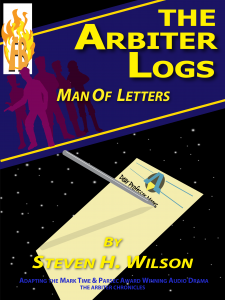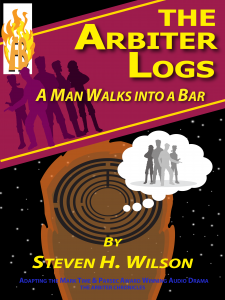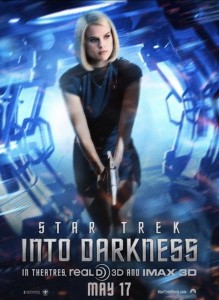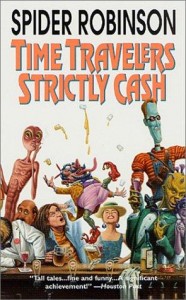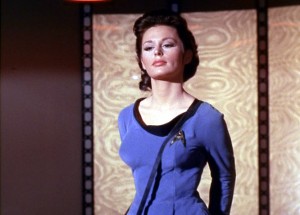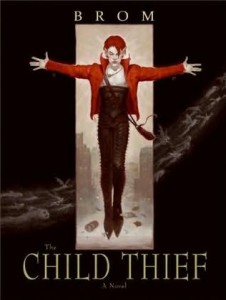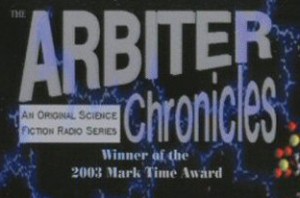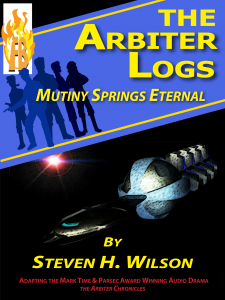 Come Aboard for the First Adventures of the Arbiters!
Come Aboard for the First Adventures of the Arbiters!
The Arbiter Logs novelize the adventures heard on the award-winning Arbiter Chronicles audio series. These stories are prequels to the novels Taken Liberty and Unfriendly Persuasion, already available wherever books are sold.
How to get a free eBook:
On June 5th, buy a copy of Episode One, Mutiny Springs Eternal, for just 99 cents from Amazon.com. (I’m happy any day you buy my books, but I’d like to see a June 5th spike on the Amazon charts. If we raise that number high enough, the series will get even more recognition in the retail market.)
Forward your receipt for the purchase to editor@firebringerpress.com, and I’ll send you your free copy of the next novella, A Man Walks Into a Bar, absolutely free! (It should be ready for release by June 30th.)
I respect your privacy! When you contact me, your email address will never be shared, sold or used for mass email purposes.
From the jacket copy for The Arbiter Logs: Mutiny Springs Eternal:
A century ago, the Faraday disappeared. The great ship dropped into the mysterious region known as L-space, never to be seen again. There are only legends left, legends of mutiny, of murder, and of the discovery of forbidden secrets. Today, the young midshipmen of the patrol ship Arbiter have found Faraday, a ghost ship orbiting a remote planet. And, somehow, someone… or something… has survived.
Mutiny Springs Eternal is the first adventure of the crew of the CNV Arbiter, adapted from the Mark Time and Parsec Award-winning audio drama series, The Arbiter Chronicles. Library Journal calls the Arbiters “a cast of compelling characters,” and Analog calls the Chronicles “a fun romp… like a cross between the funniest episodes of the original Star Trek and Monty Python.”
 A century ago, the Faraday disappeared. The great ship dropped into the mysterious region known as L-space, never to be seen again. There are only legends left, legends of mutiny, of murder, and of the discovery of forbidden secrets. Today, the young midshipmen of the patrol ship Arbiter have found Faraday, a ghost ship orbiting a remote planet. And, somehow, someone… or something… has survived.
A century ago, the Faraday disappeared. The great ship dropped into the mysterious region known as L-space, never to be seen again. There are only legends left, legends of mutiny, of murder, and of the discovery of forbidden secrets. Today, the young midshipmen of the patrol ship Arbiter have found Faraday, a ghost ship orbiting a remote planet. And, somehow, someone… or something… has survived.
